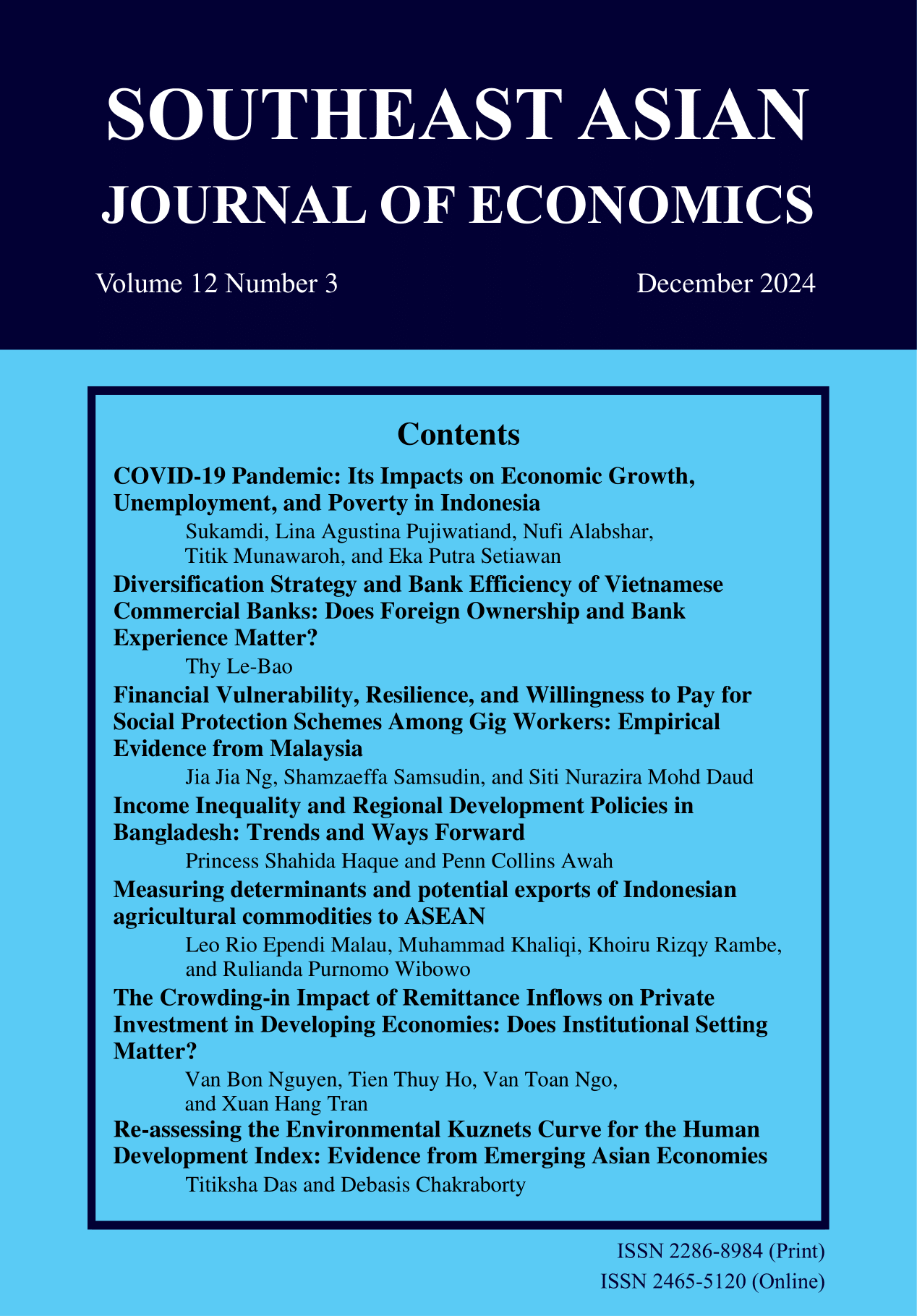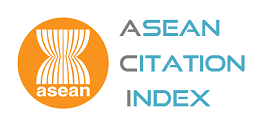Income Inequality and Regional Development Policies in Bangladesh: Trends and Ways Forward
Keywords:
income inequality, development policies, economic growthAbstract
Since the early 1990s, Bangladesh’s economic growth has been hampered by increasing income inequality and a steady gap between the rich and the poor. Using paneled data from 2001 to 2020, the trend of income inequality and regional development policies across 63 districts in Bangladesh was examined. Key indicators for estimating income inequality were employed, including the Gini coefficient and the Coefficient of Variation, to investigate temporal shifts in regional income inequality within Bangladesh. An empirical analysis was undertaken to ascertain the prevalence of any changes. Subsequently, the cumulative impact of the Bangladeshi government’s regional policies on regional income inequality was assessed, drawing upon the previously analyzed and estimated research findings. Finally, the overall changes in regional income inequality are summarized, highlighting the significant impact of the government’s regional policies and offering actionable policy recommendations for growth and ways forward.
Downloads
Published
How to Cite
Issue
Section
Categories
License
Copyright (c) 2024 SOUTHEAST ASIAN JOURNAL OF ECONOMICS

This work is licensed under a Creative Commons Attribution-NonCommercial-NoDerivatives 4.0 International License.
The submission of a manuscript implies that the paper is an original work and has not been published elsewhere. The author(s) authorize the journal to reproduce or distribute the paper in printed or other electronic forms.







